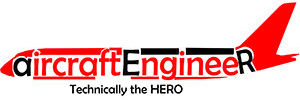Induced drag is an easy concept to understand but it should be explained simple.
First you need to understand the difference between an airfoil and a wing. An airfoil is an idealized two-dimensional slice of a wing, and it is analyzed with two dimensional flow. For an airfoil, lift is up and drag is in the direction opposite to the direction of travel, and all is well with the world.
Real airplanes have wings which are three dimensional and have a finite span (the tip-to-tip length of a wing). For a plane to fly, the pressure under the wing must be greater than the pressure over the wing, and the net result is lift. The wing behaves like an airfoil until you get near the tips of the wings, where there is three dimensional flow. More simply said, the pressure difference causes flow to go from under the wing to over the wing at the wing tip.
This “spillage” causes vortices to form at the tip of each wing, and the rotation direction is such that flow behind the wing is driven downward by the two vortices, each of which forms at a wingtip. The net result is that the lift force is no longer straight up. It gets tipped back slightly, and that means some of the lift now becomes drag (part of the lift is now pulling back in the aircraft). That is induced drag, or drag due to lift and it always happens for three-dimensional wings.
There are many ways to minimize drag due to lift. If you make the airplane lighter and lest lift is required, induced drag will be lower. The wider the span of a wing, the lower the induced drag. That’s why a sail plane has a wide span. Finally, you can shape the wing to reduce the induced drag, like on the recent 787.
